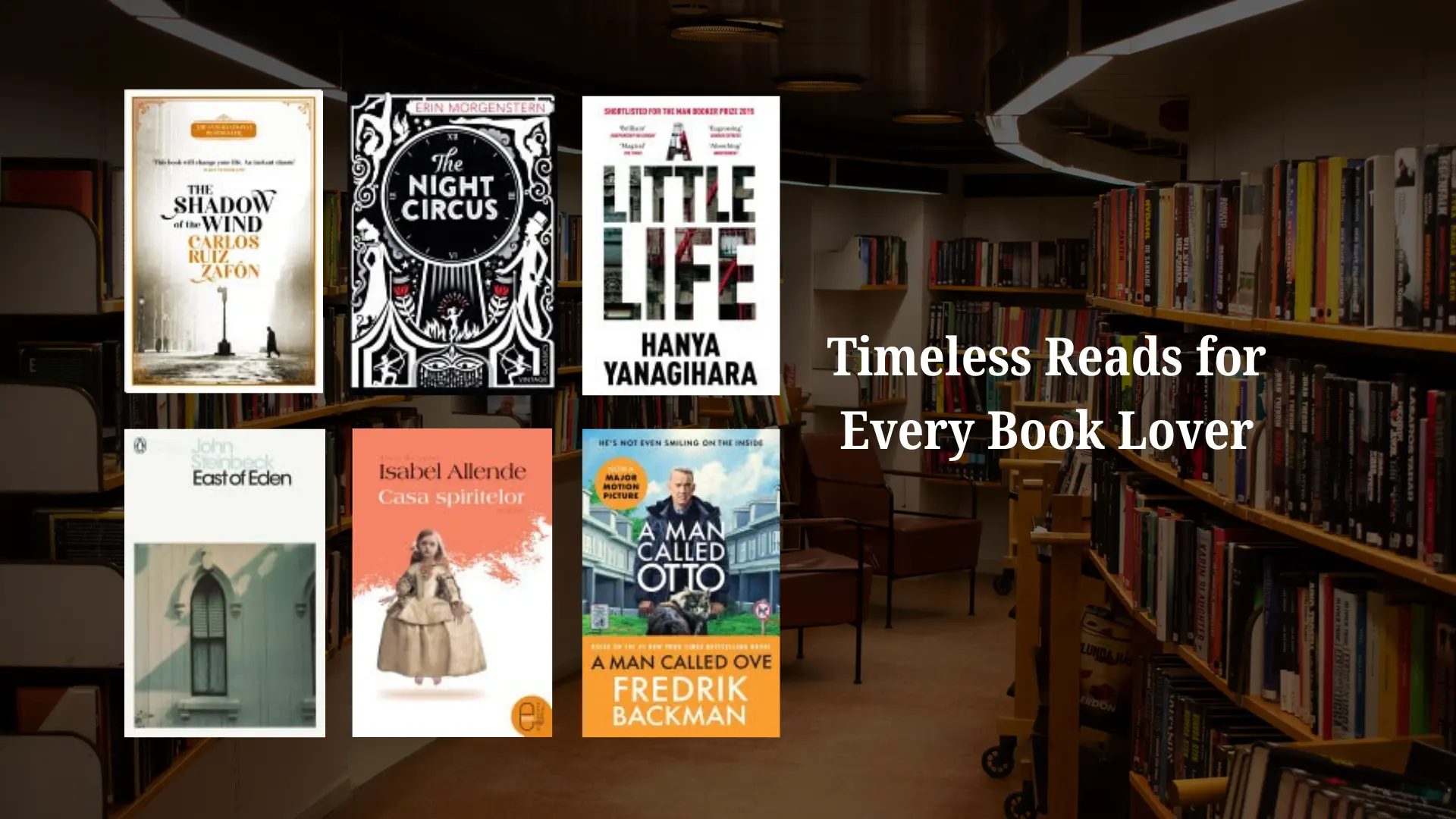Student with Zero Experience Builds Fusion Reactor in His Bedroom Using AI
Explore how a student with zero hardware experience built a fusion reactor in his bedroom, guided by Anthropic's Claude 3.5 Sonnet AI. This inspiring story highlights the role of AI in enabling scientific breakthroughs from the comfort of home.
In an astonishing blend of determination, creativity, and cutting-edge technology, Hudhayfa Nazoordeen, a mathematics undergraduate at the University of Waterloo, has successfully constructed a fusor—a device capable of initiating nuclear fusion—right in his bedroom. What makes this feat even more remarkable is that Hudhayfa had no prior experience with hardware. Instead, he relied on guidance from Anthropic's Claude 3.5 Sonnet AI assistant, utilising the power of artificial intelligence to navigate the complex and intricate process.
From Theory to Practice: A Learning Curve
Hudhayfa's journey began with a steep learning curve. With no background in hardware, he dedicated the first week to understanding the fundamental design of a fusor and familiarising himself with the necessary tools and components, primarily sourced from McMaster-Carr. His reliance on Claude 3.5 Sonnet was crucial during this phase, as the AI assistant helped him digest and apply the vast amounts of technical information required to build the fusor from scratch.
Assembling the Fusor: A Step-by-Step Process
Once Hudhayfa was confident in his theoretical understanding, he began the practical work. The project started with the assembly of the fusor’s main chamber and a half-bridge rectifier. During the second week, as the parts arrived, Hudhayfa meticulously built the chamber, setting up the system in his bedroom. The assembly process was highly intricate, involving precise connections and adjustments to create the conditions necessary for fusion.
One of the most challenging aspects of the project was achieving a high vacuum environment to facilitate the fusion process. Hudhayfa used a MKS-901p transducer to establish and measure the vacuum, feeding all relevant data into Claude 3.5 Sonnet to troubleshoot and optimise the setup. His persistence paid off after a week-long struggle with a vacuum leak, finally reducing the pressure to the required 25 microns.
Achieving Plasma: The Culmination of Efforts
In the fourth week, Hudhayfa's efforts culminated in a successful plasma generation using a 12kV neon sign transformer. Although the experiment did not achieve full nuclear fusion, it was a significant milestone. The experiment highlighted the potential of AI-powered assistance in enabling individuals to explore and execute complex scientific projects, even without traditional expertise.
The Role of Claude 3.5 Sonnet: Beyond Basic Assistance
Claude 3.5 Sonnet, a part of Anthropic's latest AI model family, played a pivotal role in Hudhayfa’s project. The AI assistant provided real-time feedback, guided him through complex problem-solving tasks, and even helped in the interpretation of data sheets and hardware configurations. Claude 3.5 Sonnet, known for its enhanced speed and intelligence, outperforms many other AI models on the market, making it an invaluable tool for projects that require both precision and innovation.
The successful creation of the fusor has not only amazed the online community but has also attracted attention from industry experts. Figures like Michael Liesenfelt, a nuclear engineer, and software engineer at Tesla, have praised Hudhayfa’s work, seeing it as a demonstration of how AI can democratise access to advanced scientific knowledge and experimentation.
A New Era of Scientific Exploration
Hudhayfa’s achievement is more than just a personal victory; it signals a new era where AI can empower individuals to undertake scientific explorations previously reserved for experts in well-equipped laboratories. By leveraging AI tools like Claude 3.5 Sonnet, enthusiasts can overcome barriers to entry and push the boundaries of what is possible, even from the confines of a bedroom.







